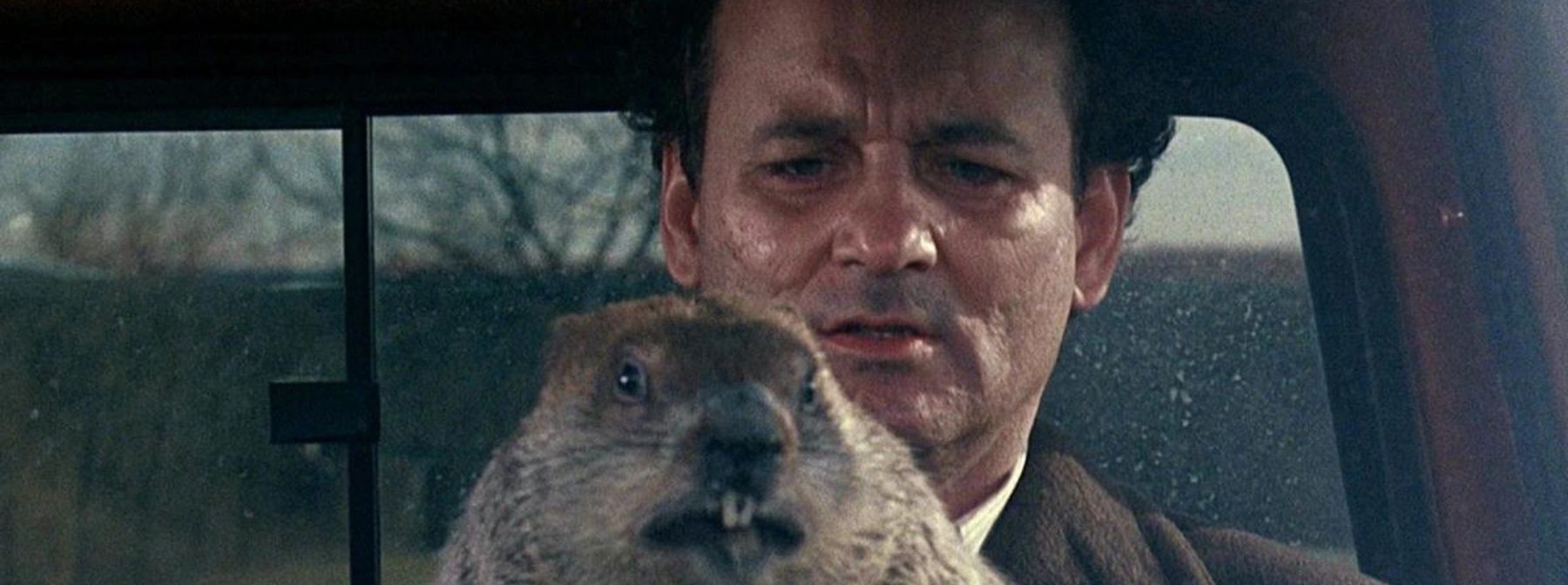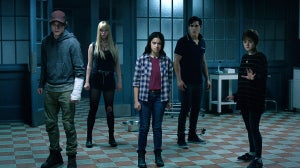
When Groundhog Day was released in February 1993, it became an immediate cultural sensation - but with every success, comes a backlash.
Several writers emerged to accuse director Harold Ramis and screenwriter Danny Rubin of lifting the time-loop concept wholesale from them.
That included sci-fi author Richard A. Lupoff, who cited a similarity with his 1973 short story 12:01 in which a man is cursed to relive the same hour indefinitely: that tale was adapted into an Academy Award nominated short in 1990.
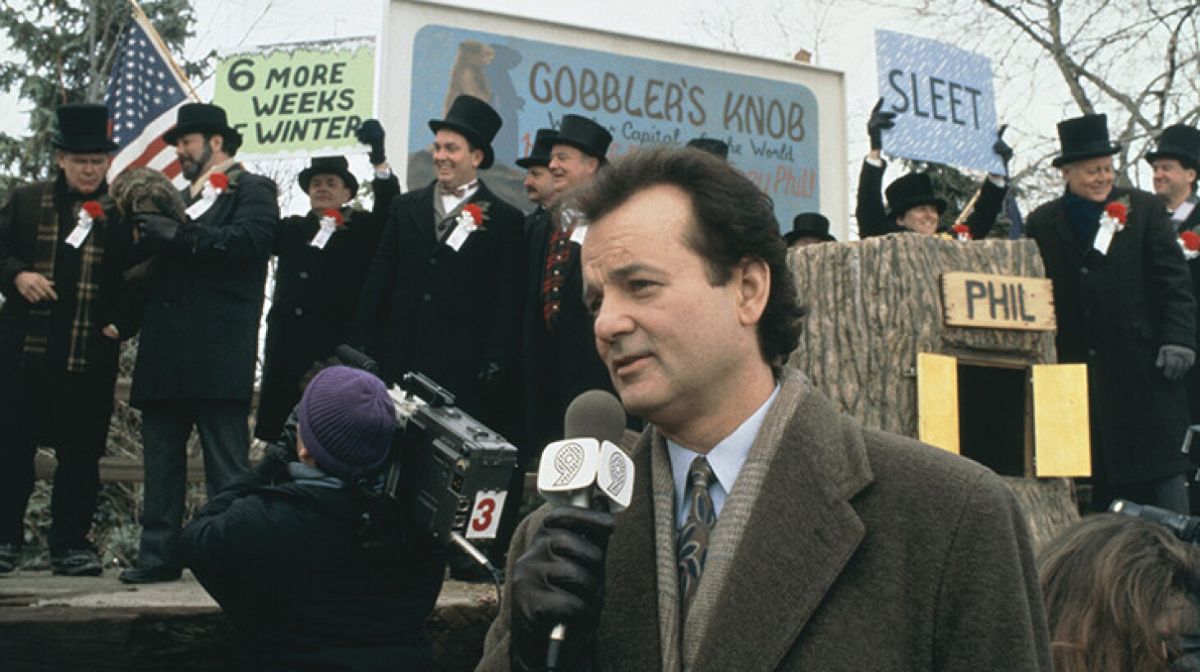
Then there was Ken Grimwood's 1986 novel Replay, in which a 43-year-old man dies and wakes back up as his teenage self, getting to live his life differently, constantly repeating this life cycle.
Neither followed the same 24-hour cycle as the hit comedy movie, but they did help inch a familiar science fiction concept closer to the mainstream.
However, what those authors didn't realise was that it was a different genre altogether that inspired the beloved comedy classic.
Vampire Mythology Meets Christmas Comedy
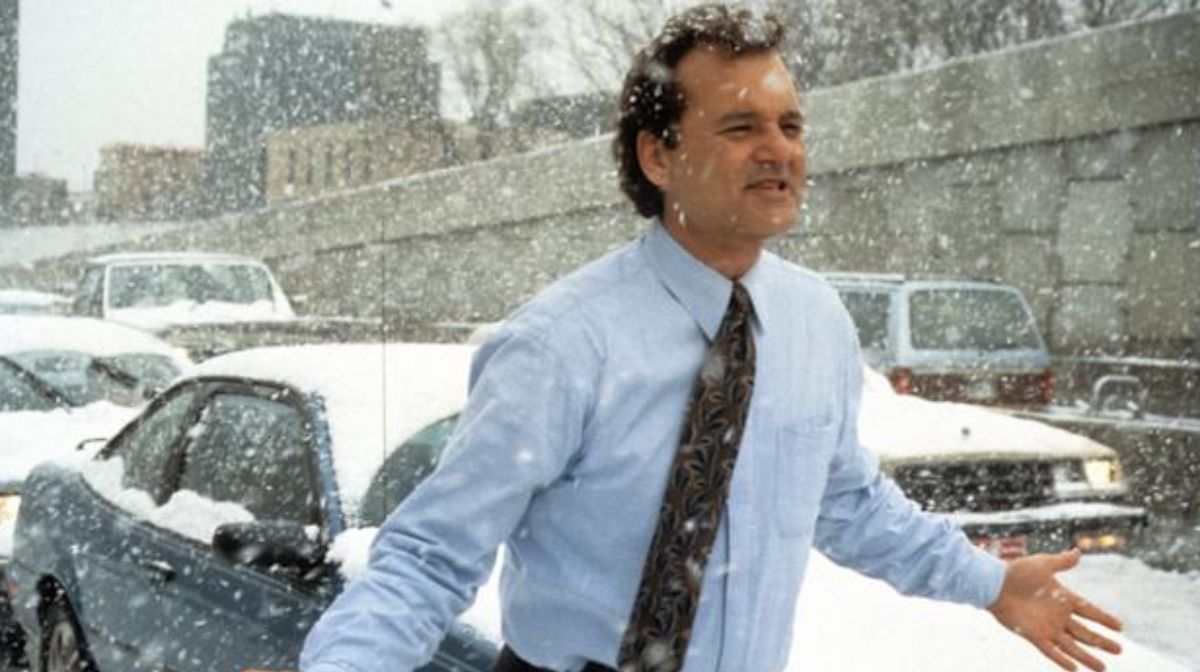
Whereas those stories were quicker to examine the existential implications of being caught in a never-ending repetitive cycle, Rubin's original influence was one that understood the comic potential of this premise.
Unfamiliar with either of the two works cited above, the screenwriter instead looked towards the 1892 short story Christmas Every Day for inspiration.
That comical tale had broadly the same moral arc that Bill Murray's Phil Connors encounters: a grumpy teen is doomed to relive the 25th December for an entire year until he can appreciate the true spirit of Christmas, finding humour in his clear disdain for every aspect of his new daily routine.
His pessimism contrasts with the sheer joy of those around him, much in the same way that Phil's personal hell is being stuck in a small town full of people who love their unusual annual tradition.
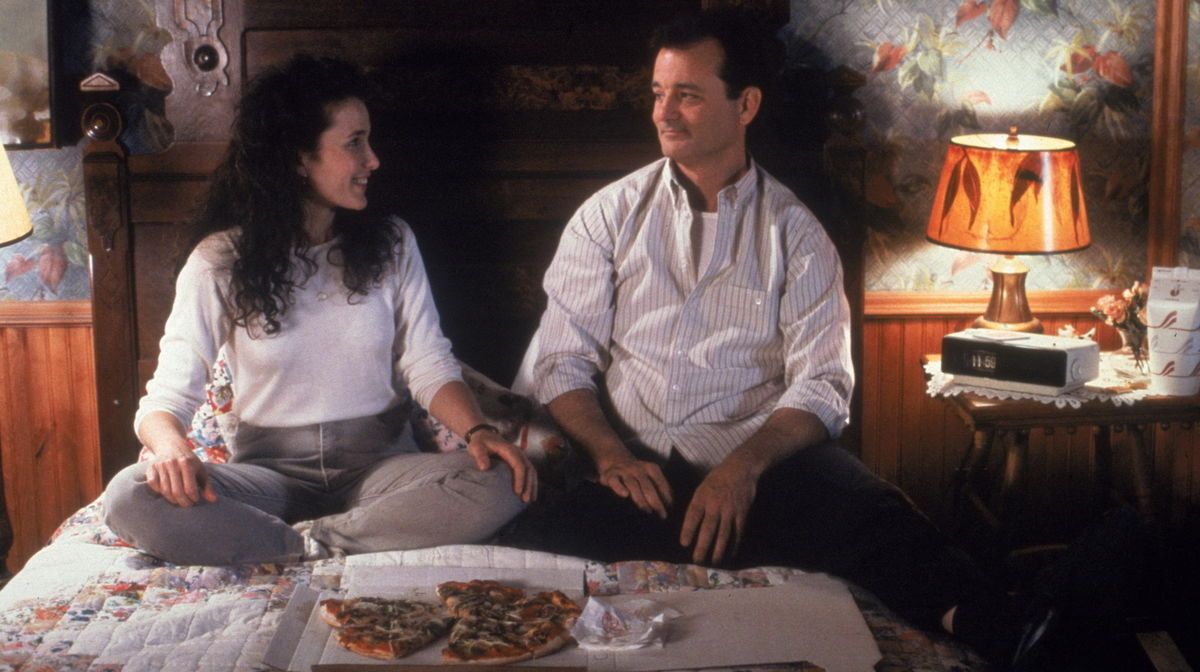
Before latching onto the 19th century story as inspiration, Rubin was thinking in much broader existential terms.
In the mid-eighties, he pitched the rough outline for a story called Time Machine, which explored many of the same themes of Groundhog Day, although that time-loop tale was nowhere near as fleshed out - unsurprisingly, this went nowhere.
However, this idea returned to him in 1990 whilst reading Anne Rice's The Vampire Lestat, her follow-up to Interview With The Vampire.
Rubin became preoccupied with wondering how bored vampires cope with having to live for an eternity, realising that for many men, they could stick around for centuries without ever growing as a person.
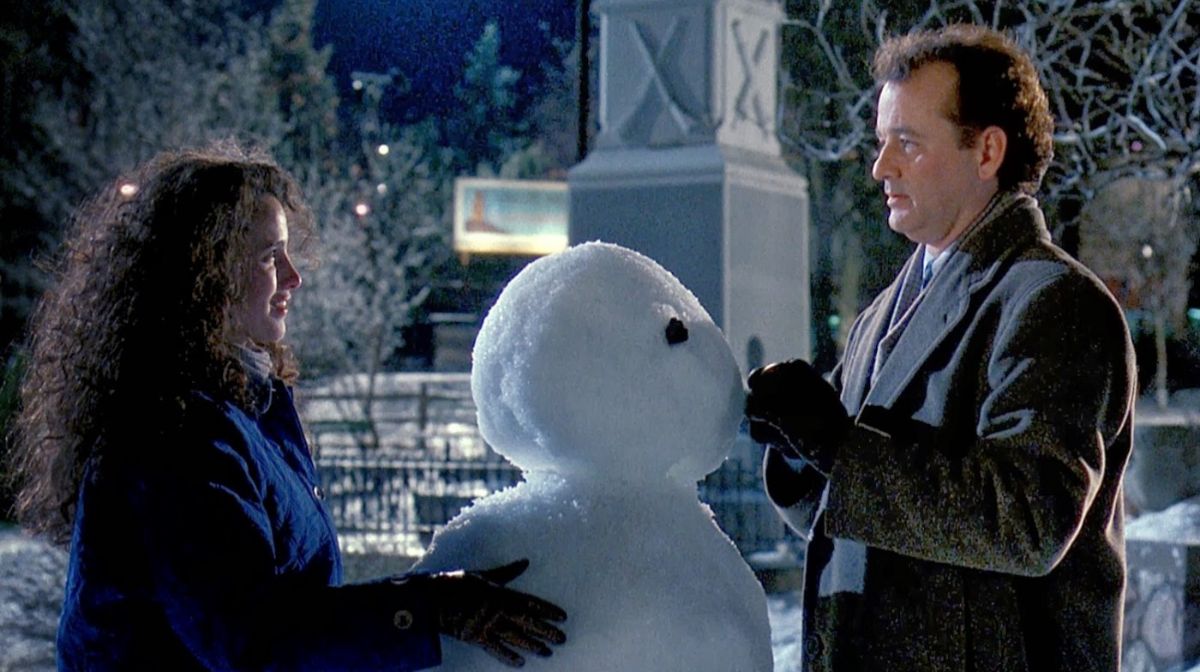
In an interview with The Telegraph, Rubin explained: "Before even cracking the cover I started drifting, thinking about these near-people and their super-human ability to live forever.
"I wondered, 'what would that be like? What would you do for an eternity? How long would it take before it stopped being fun or interesting or worthwhile? How would an eternally long life affect a person, particularly one who seemed incapable of change within his own normal lifetime?'”
And that's when inspiration struck, with the screenwriter penning the first draft for Groundhog Day in four days, with it eventually landing in the hands of director Harold Ramis.
Phil Connors: A Vampire Without The Blood-Sucking?
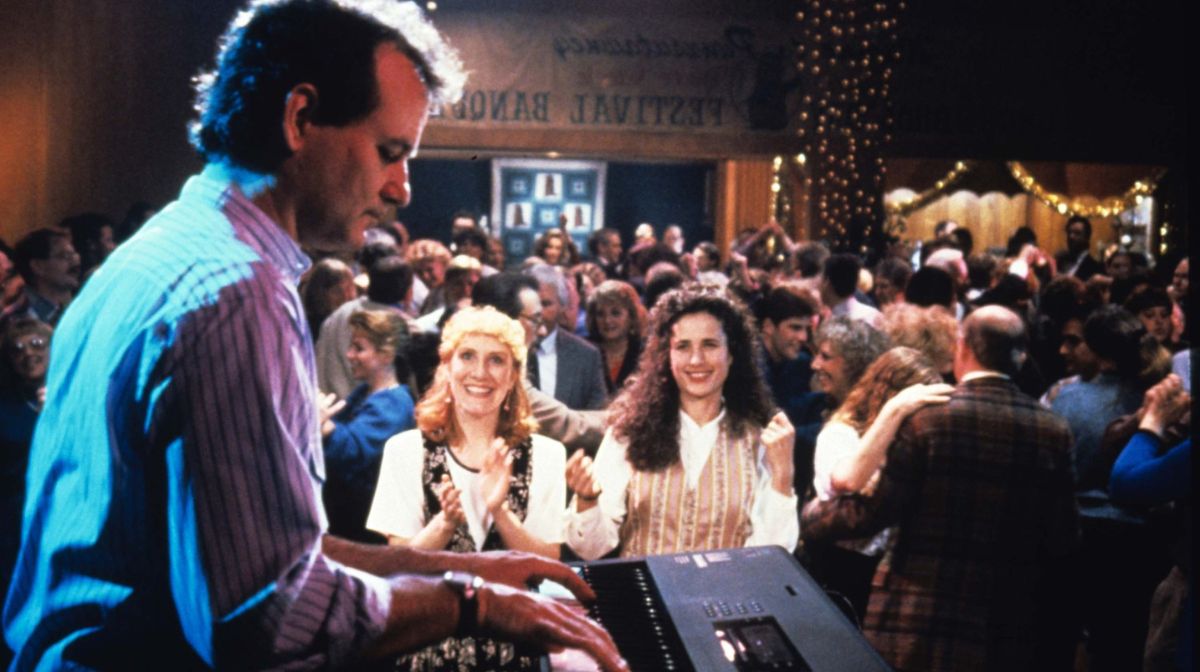
A popular debate is over how long Phil Connors is stuck in his loop: everything from 37 to 10,000 years has been suggested.
However, looking at the screenwriter's initial inspiration makes this seem irrelevant: much like a vampire roaming the earth for centuries, Phil feels stuck in his old habits, bound to his self-destructive nature, seeing no need for growth considering his detachment to the world around him.
It doesn't matter how long he's been there if he'll never become unstuck from his ways.
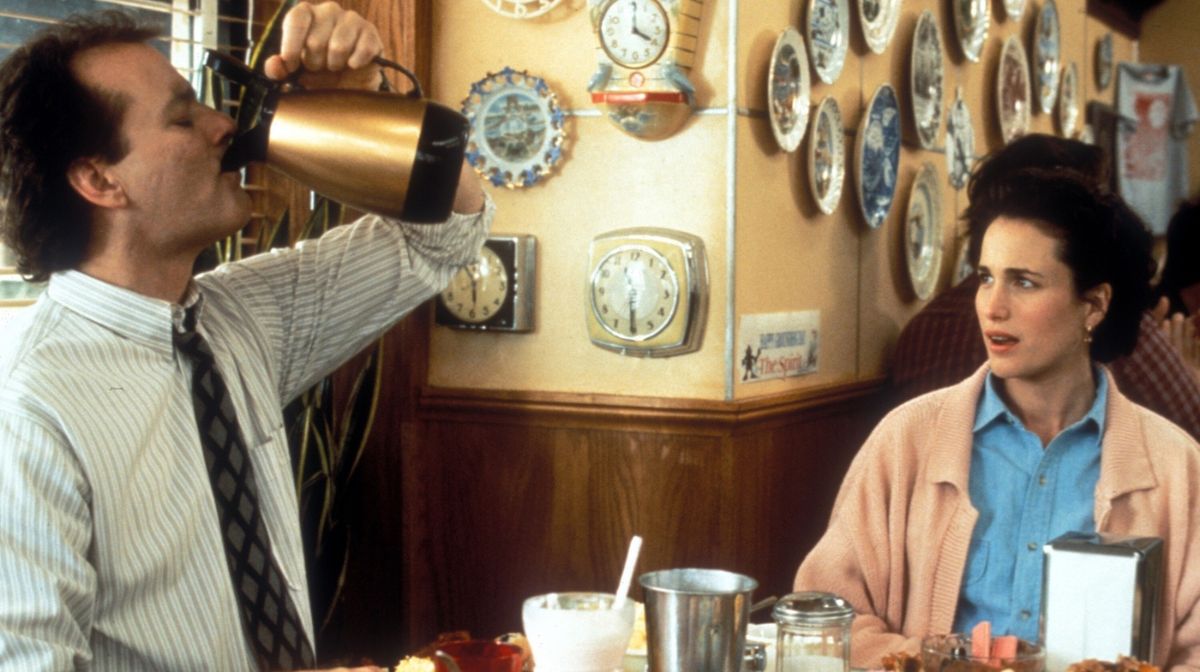
This is primarily why Groundhog Day helped reinvent the time travel sub-genre: it never gives any specific reason for its character's predicament, straying from science-fiction instead to explore the time-loop concept on an entirely humanist level.
Pitched somewhere between the heartwarming comedies of Frank Capra and the existential dread of Franz Kafka, the film succeeds largely because it isn't preoccupied with trying to figure out the cause of the seemingly endless time cycle.
Much like an otherworldly being sentenced to indefinite life on Earth, once Phil realises he's stuck, the film quickly shifts thanks to his grim acceptance - realising the clock will always be reset, there's no point doing anything of worth for the rest of his life.
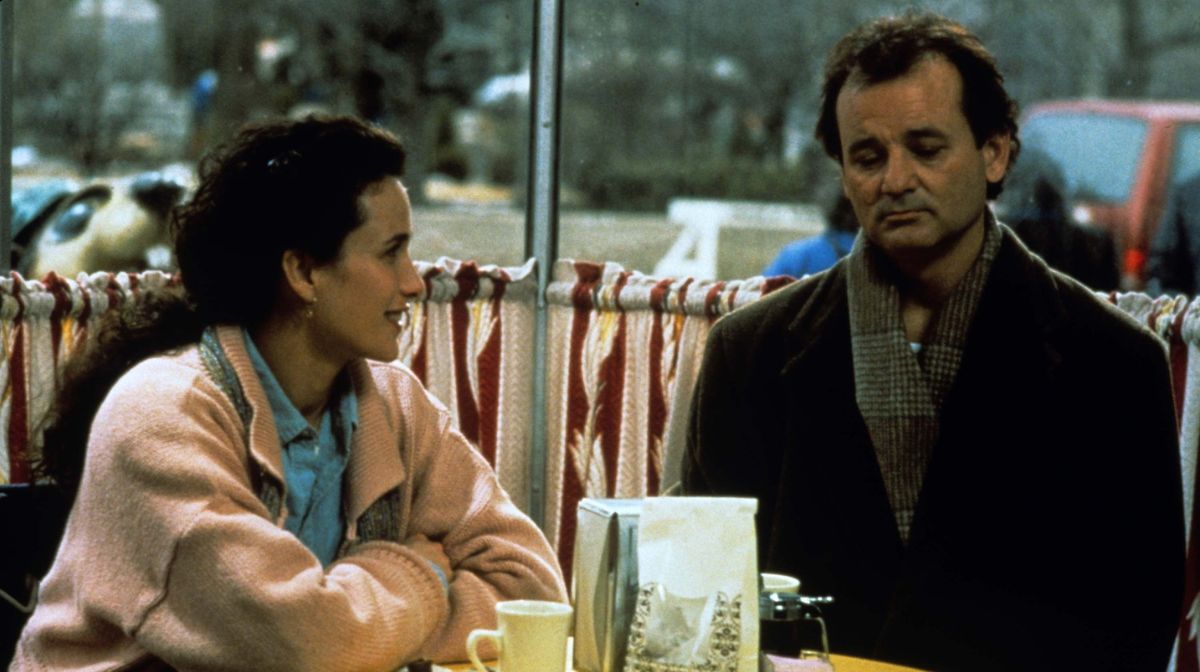
He finds new ways of forcing himself into the lives of strangers, commits crimes of varying magnitudes, and stages elaborate suicides, knowing that his fate will always lead him back to the same place, never growing as a person.
This took a much darker turn in Rubin's initial screenplay, which was heavily rewritten once Ramis boarded the project.
In fact, it started with what we now know as the middle of the film - the first few pages have Murray's anti-hero punch Ned Ryerson and kidnap the groundhog, starting with the chaos before it is even revealed that Phil is caught in the middle of an endless cycle.
Eventually, he saw the error of his ways and set out to help those around him, but not before Rubin delivered a twist unseen in the finished film.
https://www.youtube.com/watch?v=GncQtURdcE4
Upon confessing his love to Rita (played by Andie MacDowell), she turns him down in what should be the climactic moment, with the film revealing that she too has been caught in a time loop the entire time.
It would likely have been one of the most famous twists of all-time, although it would rob the film's perennial status as a feel-good classic.
So, while many at the time compared it to classic sci-fi, Groundhog Day has far closer ties to the vampire genre than you might have ever realised, even if the darkness of that genre got significantly toned down by the final draft.
For all things pop culture, follow us on Facebook, Instagram, Twitter, and TikTok.

